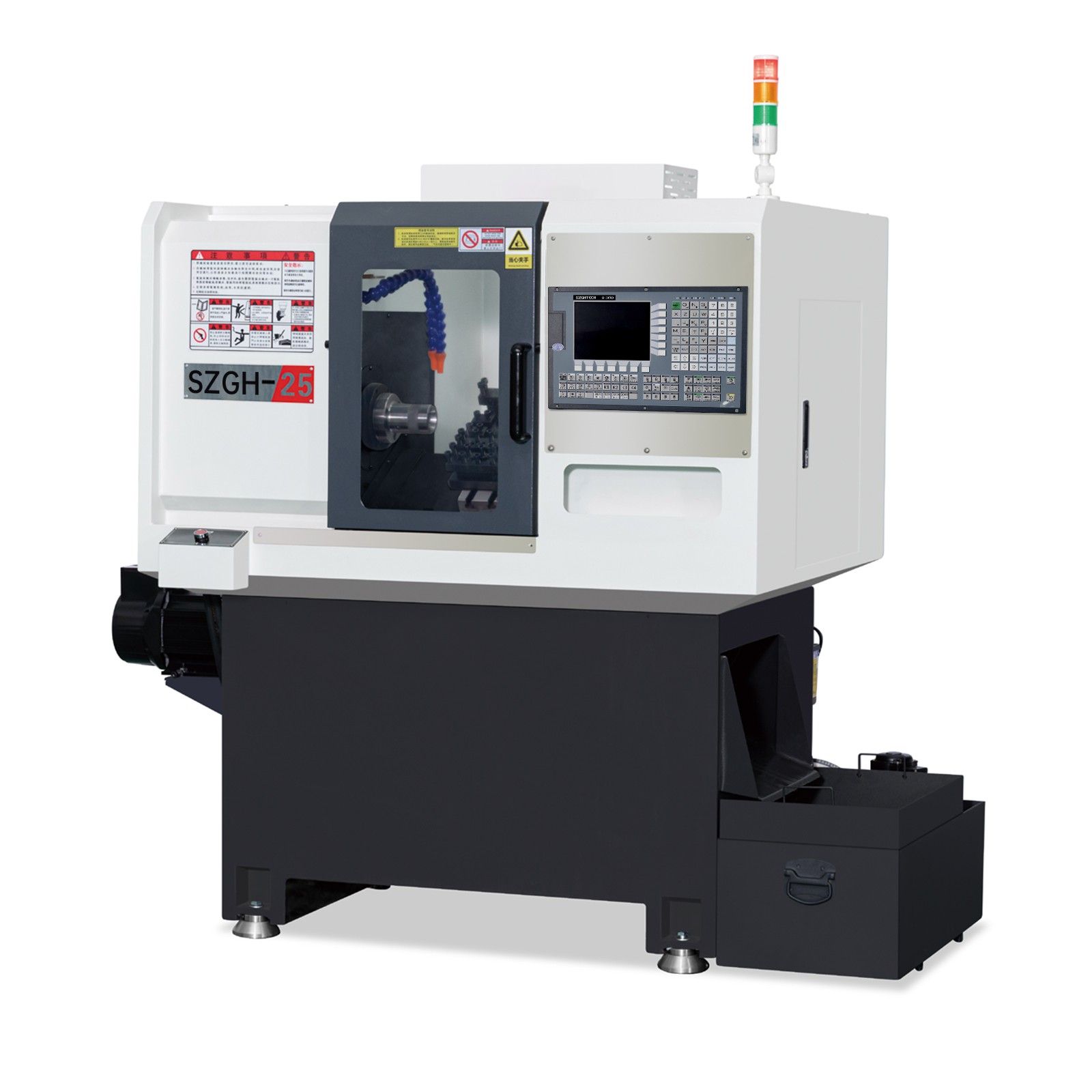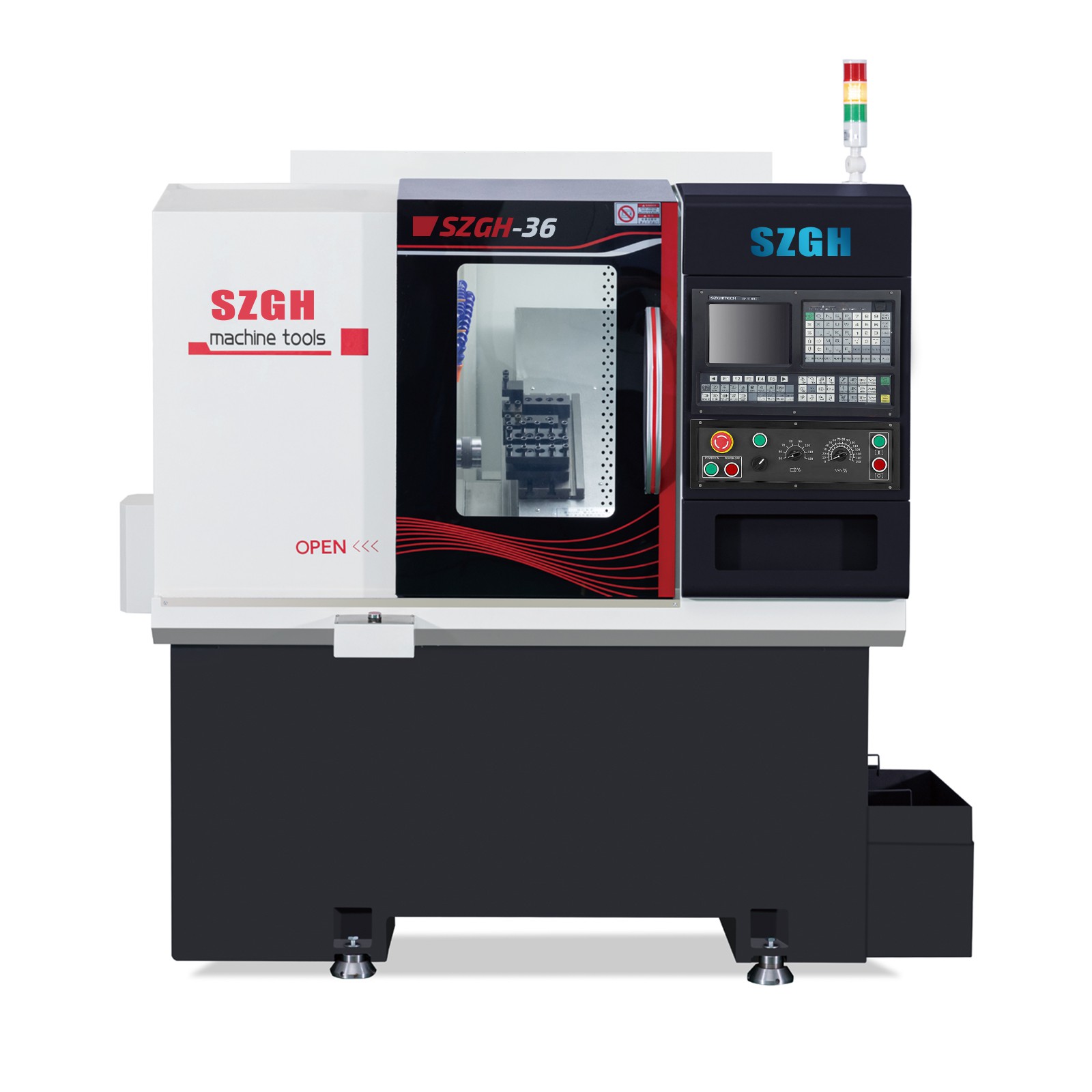The precision control and improvement of lathe processing is an important aspect to ensure the processing quality and dimensional accuracy of parts. The following are some commonly used methods and techniques to control and improve the accuracy of lathe processing:
1) Machine tool selection: Choosing a machine tool with high precision and good stability is the key to ensuring machining accuracy. Consider factors such as the rigidity, precision, guide rail type, and spindle accuracy of the machine tool, and ensure that it meets the machining requirements.
2) Tool selection: Select the right tool for the machining task, including the material, shape, cutting edge geometry, and sharpening quality of the cutting tool. Ensure tools are sharp, robust, and have the right geometry for better cutting performance and surface quality.
3) Cutting data control: Reasonably set cutting parameters, such as cutting speed, feed speed, and cutting depth, to balance production efficiency and machining accuracy. Selecting the appropriate cutting data reduces the impact of vibration, thermal distortion, and cutting forces on machining accuracy.
4) Workpiece clamping: ensure the stability and reliability of the workpiece clamping method, and avoid the influence of workpiece movement or deformation on the processing accuracy. Use the appropriate clamping and clamping force, and properly support and position the workpiece.
5) Process monitoring: Through the use of sensors, measuring instruments, and monitoring systems, key parameters in the machining process, such as size, shape, surface quality, etc., are monitored in real-time. Adjustments and corrections based on monitoring results to keep machining accuracy within acceptable limits.
6) Tool grinding and replacement: Regularly check and maintain tool wear. Grind or replace severely worn tools in time to ensure that the geometry and size of the cutting edge remain good and improve machining accuracy.
7) Environmental control: Maintain the stability of the processing environment, such as temperature, humidity, and vibration control. Harsh environmental conditions can negatively affect machining accuracy, so take steps to stabilize environmental conditions.
8) Inspection and feedback: Suitable measuring tools and inspection equipment are used to inspect and measure the machined part. Provide feedback based on inspection results to make adjustments and improvements to the process.
9) Continuous improvement: Continuous attention and improvement of machining processes and control methods. By analyzing and evaluating machining data, identifying problems, and taking corrective action accordingly to continuously improve machining accuracy and consistency.
By adopting these methods and technologies, the precision of lathe machining can be controlled and improved. However, the applicable measures need to be determined according to the specific machining task and workpiece requirements, and the machining process needs to be continuously followed and optimized in order to achieve higher machining accuracy.
|
|
|



